Lulu Island
The Lulu Island wastewater treatment plant services wastewater from about 172,000 residents in the western part of Richmond and discharges effluent into the Fraser River. Metro Vancouver is interested in using a process called anaerobic digestion as a secondary form of treatment at Lulu Island to produce renewable biogas for distribution through the Fortis grid system. We collaborate with Metro Vancouver to monitor microbial communities associated with biogas production to develop new process configurations that improve waste to energy conversion efficiency and decrease the amount of residual solids.
More about Lulu Island Anaerobic Digesters
Anaerobic digestion of wastewater is catalyzed by microbial community metabolism resulting in conversion of settled particulates (primary sludge) and flocculated bacterial biomass (secondary sludge) into potentially useful products including methane (CH4), a major component in biogas, and biosolids, a nutrient-rich material suitable for amending soils. Commercial-scale anaerobic digesters can have low biomass conversion to CH4 and produce significant amounts of biosolids. Bench-scale research has demonstrated the potential to substantially increase CH4 content of biogas by altering microbial community structure and interactions.
Recent advances in high-throughput sequencing technologies are enabling unprecedented access to the genetic repertoire underlying microbial metabolism at the individual, population and community levels of organization in wastewater treatment ecosystems. Initial investigations have identified direct links between physical and chemical parameters including loading rates, substrate types, residence times, temperature, and metal concentrations, and microbial community structure and function. However, effective management and optimization strategies require time-resolved insights into the relationships between operating parameters, performance metrics and microbial community metabolism.
In partnership with Metro Vancouver, we are developing these insights by monitoring the waste secondary sludge (WSS) and anaerobic digesters (AD) at the Lulu Island wastewater treatment plant in Richmond, BC (http://www.metrovancouver.org/services/liquid-waste/treatment/treatment-plants/lulu-island/Pages/default.aspx), using high-throughput sequencing approaches supported through NSERC ENGAGE and Collaborative Research and Development (CRD) partnership programs. The Lulu Island wastewater treatment plant treats 26 billion litres of wastewater each year and produces enough energy via methane reclamation to meet all of its own heat requirements. It also produces about 7,800 bulk tonnes of biosolid waste every year. By performing a time-resolved analysis of operating parameters, performance metrics, chemical parameters, and microbial community structure and function, we aim to optimize the CH4 production and solids-reduction at the Lulu wastewater treatment plant.
